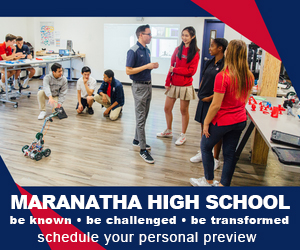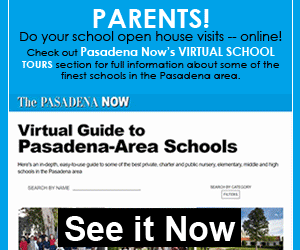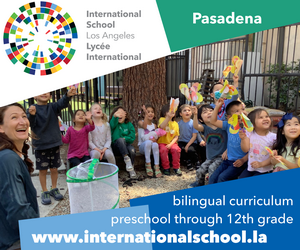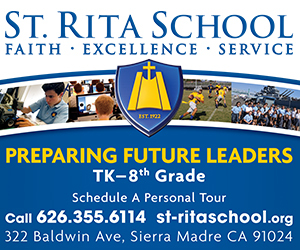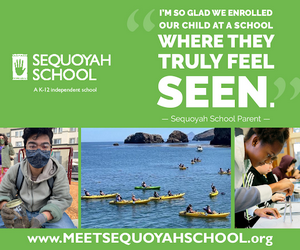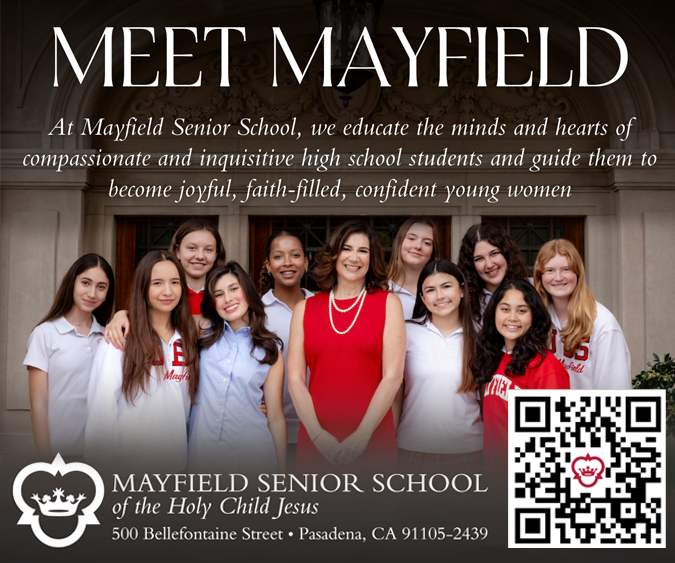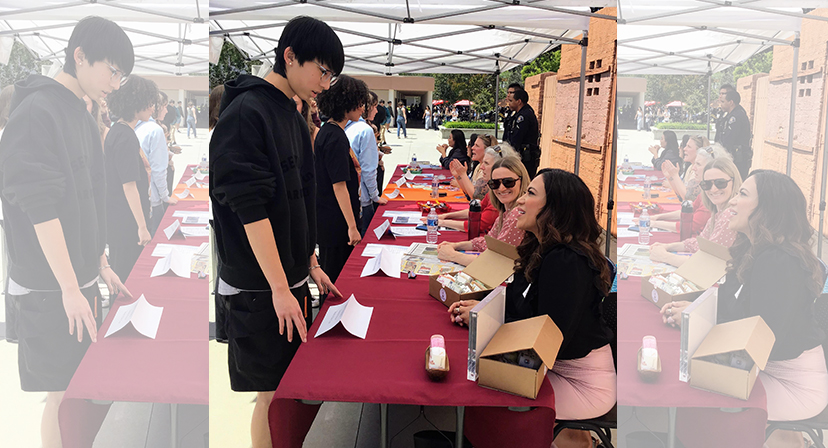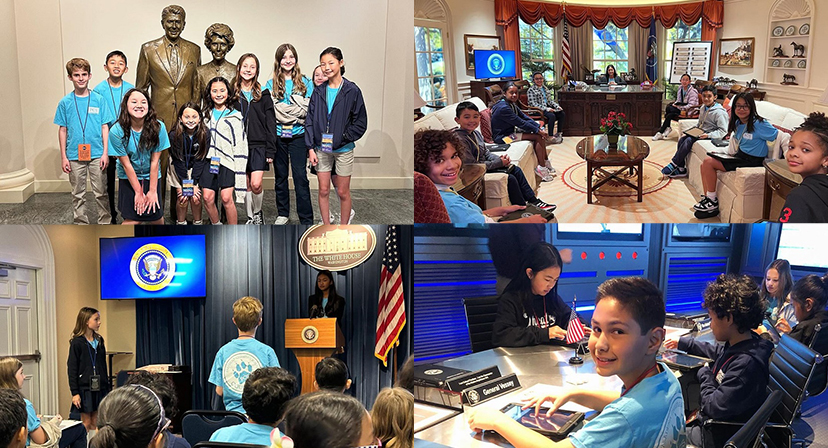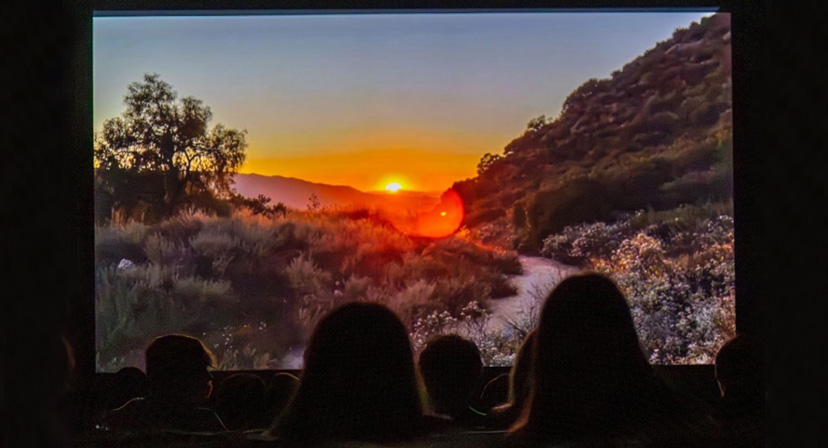Coronavirus Forces Remote Learning
By AMIYA MORTON of John Muir High School
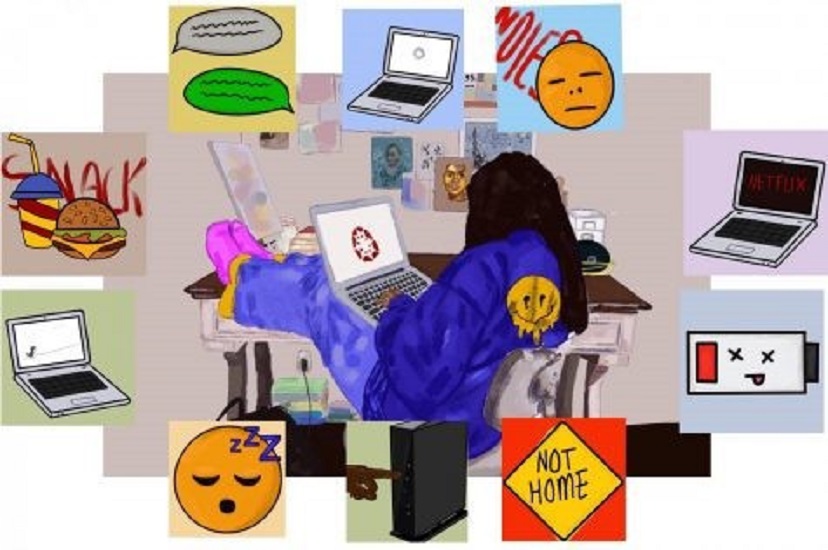
At John Muir Early College Magnet High School (JMHS), students have started the new year with remote learning. Due to Covid-19, schools are not continuing in-person to help contain the spread of the virus. All students are using Canvas Learning Management system for curriculum and attending their virtual classes everyday while at home.
Since everyone is new to this type of technology, the starting of the year has been tricky in various ways.
JMHS principal Dr. Lawton Gray addressed the struggles he sees with remote learning. Gray said, “The biggest issue would be not knowing how students are doing. Body language is really important, and a teacher in class can tell if a student isn’t understanding something and can check on them and ask questions. But in the situation we have, a lot of students don’t have their cameras on so you don’t know.”
When considering the current curricular struggles for students and teachers, Gray continued, “one of the biggest things is there’s more communication between the students and the staff, because if students are having problems with their computers or WIFI then they won’t make class but will email their teachers. I think there might be more tutoring because teachers have office hours, so they use their office hours for students to come in if they have questions.”
2020 has introduced all kinds of new struggles for everyone, and education is really feeling the strain.
When asked about the issues and conflicts of remote learning, Ashley Butler, a history teacher here at Muir, and district technology specialist stated, “There are issues with connectivity , logging into Webex meetings, and Chromebook repairs. The district is working with students and families to solve these challenges through the HelpDesk Ticket system. Students submit a ticket, and the district looks into it, contacts the family, and supports them through the process.”
Webex is a website similar to zoom and google meets and everyone at Muir uses Webex for virtual class sessions. There have been some difficulties from time to time for both students and teachers.
Butler continued, “Becoming comfortable with new technology to facilitate online learning, and also to support students through the process of learning this new technology for online learning is a challenge. I do have to say that I have been incredibly impressed by students’ ability to persevere and adapt to these challenging times. We really do have amazing students.”
Jodi Marchesso, Science Curriculum Coordinator at the district office, voiced how she felt about this school year’s circumstances for teachers, “All teachers are back to year one of teaching because the environment has changed. They are figuring out what procedures and routines work best for them and for the students.”
In this pandemic, curriculum has undergone a lot of changes in a short period of time. Classes are smaller, resources are limited, and old ways of interacting with curriculum are not available, or as effective, as before.
When asked about the significant changes to curriculum Marchesso said, “The curriculum has had to adapt to allow for more focused learning since there is less time with students. Priority standards that will better prepare students for future learning have been identified.”
Classroom environments have taken a big turning point and when asked about the biggest challenge this year Marchesso explained, “Not having those daily interactions can make teachers feel disconnected from their students. Building community is at the heart of the classroom and one that can be difficult to achieve online.”
Students are all affected by online learning and have many opinions about the issues surrounding it. Aaron Sharp is a junior in the Engineering and Environmental Sciences Academy (EESA) had some words as well about the effectiveness of learning online.
Sharp expressed, “I feel it has made me focus more on asynchronous learning, even though it is useful for the teacher to talk and I listen.”
Sharp also addressed any disadvantages or advantages of remote learning.
Sharp said, “I feel like it is not an advantage to work online, it is harder to talk to people which is the way I learn and work best. I will usually pick up most of the information in class then supplement the rest of my information after school.”
A big question is whether or not students would be willing to go back to school when it’s safe considering the risks there could possibly still be.
Sharp said, “If school went back to campus I would stay fully online as I am very worried about COVID-19 and would like to not stress the healthcare system even if it is just myself that gets sick.”
Schools have been online since March of last year, and the question of going back to school is still in the air. This year there have been multiple trials and tribulations for both staff members and students. In the end, everyone knows remote learning is not the best option and is difficult to navigate, but the consequences of going back to school in person could be catastrophic and lead to more problems down the road. For now, students, teachers and parents are doing their best to get through this trying time.
This article was originally published by John Muir High School’s The Blazer.
John Muir High School Early College Magnet, 1905 Lincoln Avenue, Pasadena, (626) 396-5600 or visit www.pusd.us/Page/57.





